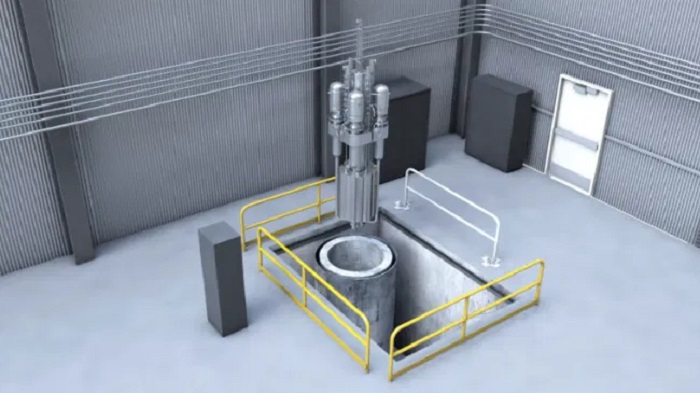Salt Lake City, Utah – On Wednesday, a new state law designed to propel Utah into the future of nuclear energy was officially enacted, signaling the state’s commitment to expanding its energy portfolio. However, while the law paves the way for the development of small modular reactors (SMRs), the realization of this energy vision will take time.
Emy Lesofski, director of the Utah Office of Energy Development, provided insight into the timeline for the state’s first nuclear power plant. According to Lesofski, the process of permitting and licensing new nuclear projects typically takes around two to four years, with construction lasting an additional five to ten years. As such, Utah’s first nuclear power plant could be a decade or more away.
The new legislation, House Bill 249, was passed by the Utah Legislature last session and establishes a framework for the state to incorporate nuclear power into its energy mix. It sets up a Utah Nuclear Consortium, creates a fund to utilize property tax revenue to finance energy generation, and allows cities and counties to apply for energy development zones. These zones will provide power companies with incentives to develop nuclear energy projects. The bill is part of a broader push by state leaders, including Governor Spencer Cox, to increase Utah’s energy generation capacity, particularly to meet the growing energy demands of emerging industries, such as artificial intelligence.
While the law has garnered significant support, some concerns have been raised about the viability and environmental implications of nuclear energy. Frances Benfell, a vocal opponent of the bill, argued at a Capitol hearing in January that nuclear power is significantly more expensive than alternatives like wind or solar, costing two to six times more per megawatt hour. Benfell also pointed out that nuclear plants can take twice as long to come online as renewable energy facilities, and that nuclear energy produces hazardous waste that must be managed long-term.
Despite these challenges, state leaders have emphasized the safety and efficiency of the new generation of small modular reactors. These reactors are touted as being safer and more adaptable than traditional nuclear plants, with much of their construction taking place in factories before being transported and assembled on-site. Reports suggest that one SMR could generate enough power to supply hundreds of thousands of homes.

